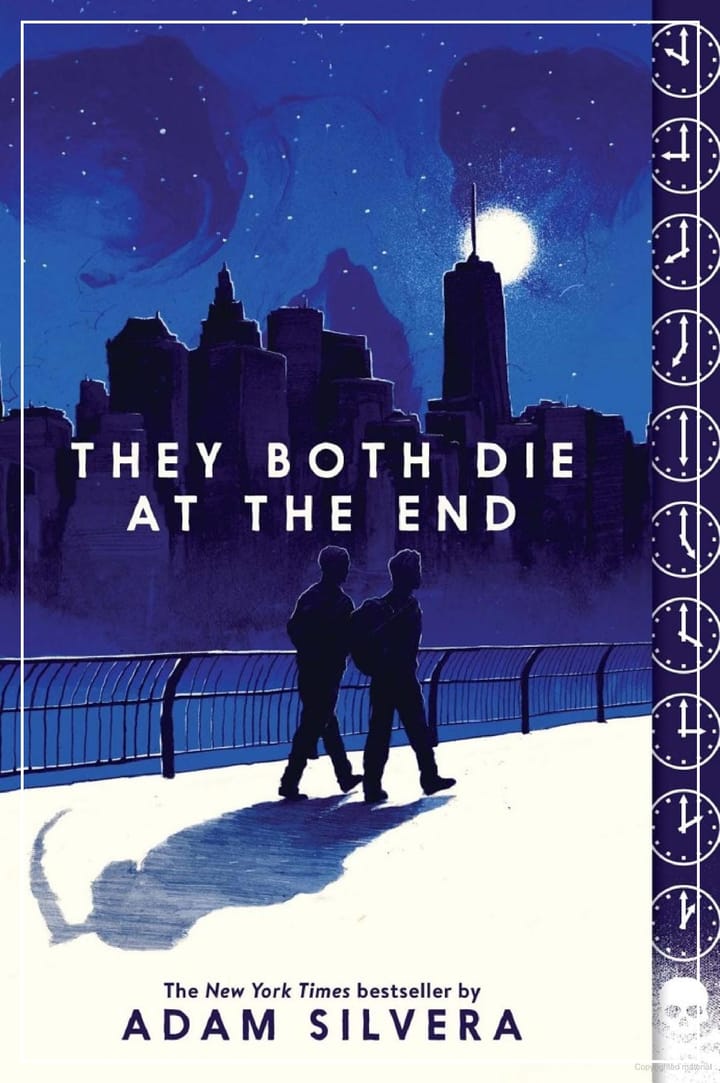A Comprehensive Review of The Three-Body Problem and Other Science Fiction Masterpieces
Read reviews of "The Three-Body Problem," the sci-fi epic by Liu Cixin that redefines space and time.
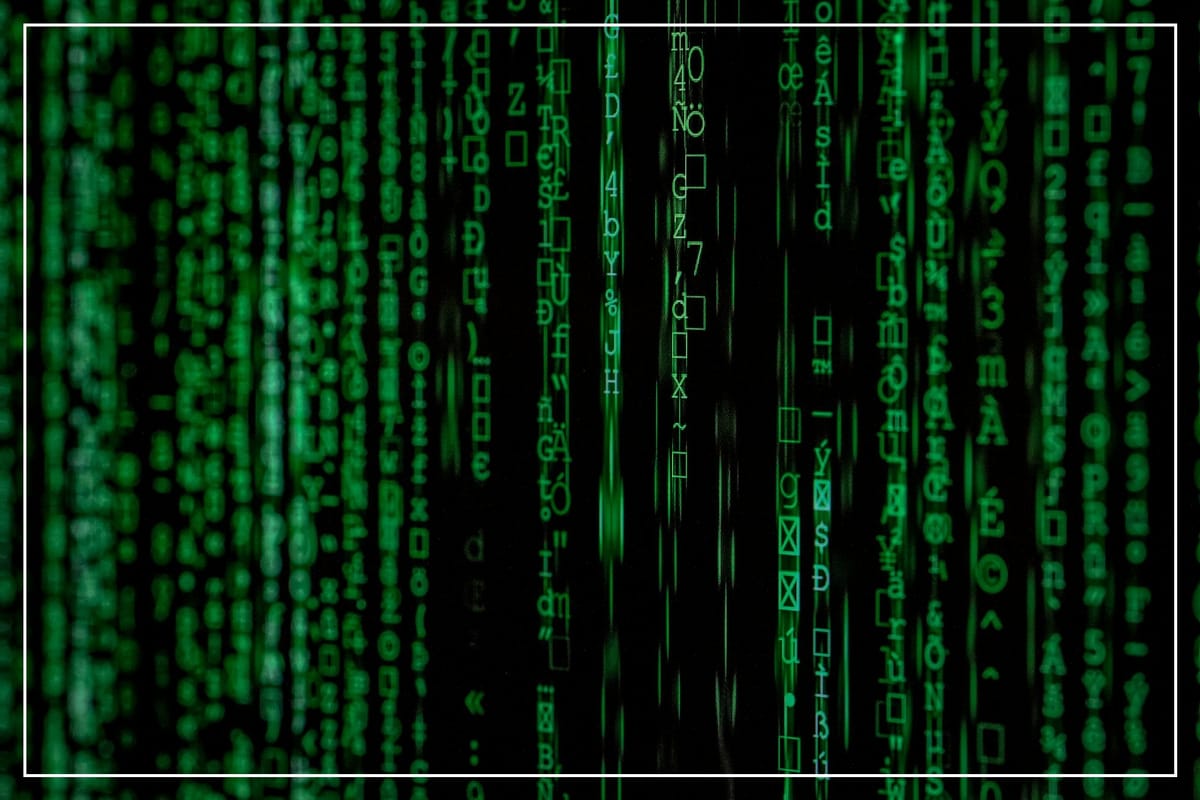
Few science fiction books in recent years have garnered as much acclaim and attention as Liu Cixin’s The Three-Body Problem. This intricate, multi-layered novel weaves together complex scientific ideas, philosophical questions, and sweeping narrative arcs that span centuries. It’s a story about first contact with an alien civilization, but it also explores themes of physics, existentialism, humanity’s place in the universe, and much more. In this blog, we will provide an in-depth review of The Three-Body Problem, analyze why it has made such a significant impact on readers, and compare it with other groundbreaking science fiction works.
Along the way, we’ll recommend similar science fiction novels that explore grand ideas and complex concepts and offer a quick dive into how Tales.so can help you explore these incredible books in less time.
Table of Contents
- About The Three-Body Problem
- Why The Three-Body Problem Has Captivated Readers
- Themes in The Three-Body Problem
- Reader Reviews: What Critics and Fans Are Saying
- The Three-Body Problem Trilogy: Remembrance of Earth’s Past
- Similar Science Fiction Novels
- Exploring More with Tales.so
- Conclusion
About The Three-Body Problem
Published: 2008 (China), 2014 (English translation)
Genre: Science Fiction
Author: Liu Cixin
Goodreads Rating: 4.05/5
The Three-Body Problem is the first book in Liu Cixin’s acclaimed trilogy Remembrance of Earth’s Past. The novel begins during China’s Cultural Revolution, a time of significant social upheaval, and follows Ye Wenjie, an astrophysicist who becomes disillusioned with humanity after witnessing the destruction of her family by the government. Her journey leads her to become involved in a secret project aimed at contacting extraterrestrial civilizations.
The title refers to the classic physics problem known as the "three-body problem," which involves predicting the movements of three celestial bodies based on their gravitational forces. This concept becomes a major theme of the book, influencing not only the scientific discourse in the novel but also its broader philosophical themes about chaos, unpredictability, and survival.
The plot revolves around humanity's first contact with an alien species, the Trisolarans, who live in a system of three suns. Their planet suffers from chaotic climate shifts due to the unpredictable nature of their solar system, making their survival increasingly difficult. The Trisolarans plan to invade Earth, and much of the novel focuses on how both humans and aliens respond to the looming confrontation.
Why The Three-Body Problem Has Captivated Readers
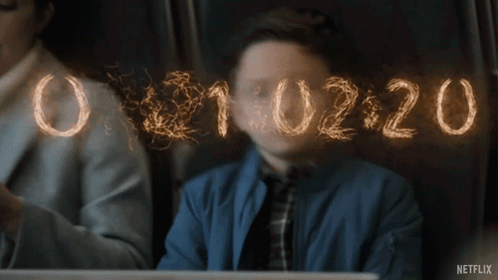
The Three-Body Problem stands out in the science fiction genre for its blend of real-world science, intricate plotting, and its deeply philosophical nature. Here are several reasons why the novel has resonated with such a wide audience:
1. Hard Science Fiction
Liu Cixin's novel belongs to the genre of hard science fiction, where the story is grounded in actual scientific principles and theories. The physics and technology presented in the novel are based on real science, making the narrative more believable for readers familiar with these concepts. Liu takes the time to explain the science behind the ideas, such as the "three-body problem" itself, quantum entanglement, and advanced spacefaring technology.
For readers who love intricate, well-researched explanations of physics, cosmology, and engineering, The Three-Body Problem delivers in spades. However, it doesn’t stop there—it pushes the boundaries of scientific theory into imaginative new realms, creating a thrilling combination of factual science and speculative ideas.
2. Complex, Multifaceted Plot
The novel's plot spans multiple timelines, perspectives, and ideas, weaving a rich tapestry of scientific discovery, personal trauma, and existential dread. Liu is unafraid to confront large-scale, abstract concepts like the fate of civilizations and the ethics of scientific exploration. The narrative pace shifts between slow, contemplative sections that allow readers to process the big ideas, and fast-paced, suspenseful moments that heighten the stakes.
While some science fiction books focus more on action or character development, The Three-Body Problem immerses readers in grand, thought-provoking scenarios. These range from global conspiracies to moral questions about the survival of humanity versus the survival of an alien race.
3. Philosophical and Ethical Themes
Beneath the scientific surface, The Three-Body Problem poses profound philosophical questions about the nature of humanity, survival, and progress. It asks readers to consider humanity's place in the universe and what responsibilities come with the ability to make contact with other intelligent life forms.
Themes in The Three-Body Problem
Liu Cixin delves into multiple themes that transcend the usual boundaries of traditional science fiction. Let’s explore some of the most prominent themes:
First Contact with Aliens
The central theme of The Three-Body Problem is the possibility of first contact with an extraterrestrial civilization. But unlike many first-contact stories, which frame such encounters as either benevolent or immediately hostile, Liu introduces ambiguity. The Trisolarans are neither purely evil nor benevolent; they are simply trying to ensure their own survival. This complexity raises questions about how humanity might react to a similar situation.
Physics and Science
At the heart of the novel lies a deep fascination with physics. The "three-body problem" is a metaphor for unpredictability and chaos—fitting themes for both the plot and the fate of civilizations in the novel. The Trisolarans’ world, with its erratic climate, represents the extreme danger that arises when a civilization cannot control its own fate. This unpredictable nature reflects broader concerns about how much control humanity truly has over its future.
Scientific Theory: Liu’s integration of astrophysics, quantum theory, and mathematical problems is woven into the fabric of the narrative, making it a true treat for fans of scientifically rigorous science fiction.
Humanity's Role in the Universe
One of the novel’s existential questions is: How significant is humanity in the grand scheme of the universe? In the face of an alien civilization that is more technologically advanced, Liu asks us to question humanity’s self-perception as an advanced species. Are we truly prepared for what we might find in space?
Scale of the Universe: Liu portrays the universe as indifferent to human concerns. The novel’s cosmic scale emphasizes how small and fragile human civilization is compared to the vastness of space.
The Ethical Dilemmas of Scientific Discovery
Liu Cixin also explores the dark side of scientific progress, especially when it is divorced from ethical considerations. The Three-Body Problem presents scenarios where technological advancements can either save or destroy humanity, depending on how they are used. This poses an important question: Should there be limits to scientific discovery, and at what cost should we pursue knowledge?
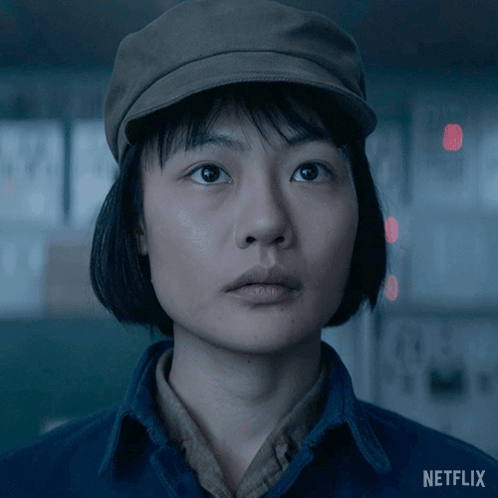
Reader Reviews: What Critics and Fans Are Saying
The Three-Body Problem has received widespread praise from critics and readers alike, but it has also sparked debate about its complexity and approach to character development.
Positive Reviews
- Impressive Scope and Depth: Many readers are captivated by the sheer scale of the novel’s ideas. The intricate plot and scientific concepts make The Three-Body Problem a rewarding read for those who enjoy intellectual challenges.
- Unique Cultural Perspective: As a Chinese science fiction novel, The Three-Body Problem brings a fresh cultural and political perspective to the genre, adding layers of complexity not often seen in Western science fiction.
- Philosophical Depth: Fans appreciate the novel’s exploration of philosophical and ethical questions, making it more than just a science fiction thriller. The dilemmas about humanity’s role in the universe resonate deeply with readers.
Criticisms
- Slow Pacing: Some readers have found the pacing to be slow, particularly in the first half of the novel. The extensive exposition on scientific ideas may be off-putting for readers looking for a more action-oriented story
- Character Development: While the novel excels in its grand ideas, some critics argue that the characters lack emotional depth. They feel that the focus on the plot and scientific concepts comes at the expense of character-driven storytelling.
The Three-Body Problem Trilogy: Remembrance of Earth’s Past
While The Three-Body Problem is a masterpiece on its own, it is only the beginning of Liu Cixin’s ambitious trilogy. The following books, The Dark Forest and Death's End, expand the story even further, diving into the long-term consequences of humanity's encounter with the Trisolarans.
The Dark Forest
Published: 2008 (China), 2015 (English translation)
Goodreads Rating: 4.38/5
In The Dark Forest, Liu expands on the consequences of first contact. Humanity now knows that the Trisolarans are coming to invade, but they have several centuries to prepare. The novel introduces the concept of "cosmic sociology," which explores the idea that the universe is a "dark forest" where civilizations must remain hidden to survive. If one civilization finds another, it will destroy it to protect itself.
Themes:
- The dark side of survival: The universe is a dangerous place where survival often necessitates violence.
- Game theory: Liu introduces game theory to explain the interactions between civilizations.
Death's End
Published: 2010 (China), 2016 (English translation)
Goodreads Rating: 4.43/5
Death’s End concludes the trilogy, bringing humanity and the Trisolarans to the ultimate confrontation. The stakes are higher than ever, and Liu explores even more extreme ideas, including the manipulation of the very laws of physics. The novel ventures into speculative territory that questions the nature of reality and the future of life in the universe.
Themes:
- The final fate of civilizations: How do civilizations rise, fall, and potentially disappear from the universe?
- Multidimensional warfare: Liu explores how advanced civilizations could manipulate dimensions and physical laws.
Further Reading:
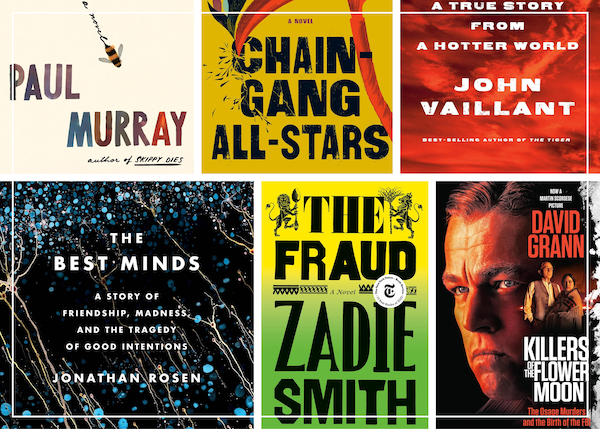
Similar Science Fiction Novels
For readers who loved The Three-Body Problem and are looking for more books that blend deep scientific theory with expansive storytelling, here are some other science fiction masterpieces to explore.
Foundation by Isaac Asimov
Published: 1951
Goodreads Rating: 4.17/5
Asimov’s Foundation series is a classic of science fiction, exploring the fall of a galactic empire and the efforts of a secret organization to preserve knowledge and guide the future. Much like The Three-Body Problem, it delves into complex ideas about society, politics, and the long-term survival of civilizations.
Why You Should Read It:
- It’s a must-read for fans of grand, epic-scale science fiction.
- Asimov explores sociology and history in a futuristic context.
Dune by Frank Herbert
Published: 1965
Goodreads Rating: 4.23/5
Dune is one of the most influential science fiction novels ever written. It’s set on the desert planet Arrakis and focuses on political intrigue, environmentalism, and human evolution. Like Liu’s work, Herbert’s novel blends large-scale political struggles with deep philosophical and scientific ideas.
Why You Should Read It:
- It explores the intricate relationship between politics, environment, and human evolution.
- Herbert’s world-building is some of the most intricate in science fiction.
Further Reading:

Hyperion by Dan Simmons
Published: 1989
Goodreads Rating: 4.23/5
Hyperion is a complex novel set in a far-future universe where humanity has colonized the stars. The novel features multiple narratives told from the perspective of different characters, each of whom is on a pilgrimage to meet a mysterious entity known as the Shrike. Like The Three-Body Problem, Hyperion explores the nature of the universe, advanced civilizations, and humanity’s place in it.
Why You Should Read It:
- Simmons blends multiple genres, including science fiction, horror, and mystery.
- The novel explores the philosophical implications of artificial intelligence and interstellar travel.
The Left Hand of Darkness by Ursula K. Le Guin
Published: 1969
Goodreads Rating: 4.14/5
Ursula K. Le Guin’s The Left Hand of Darkness is a thought-provoking exploration of gender, politics, and human nature. The novel is set on the planet Gethen, where the inhabitants can change gender. It’s a meditation on the fluidity of identity, relationships, and how societal structures influence behavior.
Why You Should Read It:
- Le Guin’s writing is both philosophical and poetic, offering profound reflections on human society.
- The novel challenges readers to think deeply about gender and cultural relativism.
Exploring More with Tales.so
For those who want to delve deeper into these complex and rewarding science fiction books but might not have the time to read them in full, Tales.so is a fantastic resource. The platform offers:
- Concise Summaries: Get the key takeaways from some of the most influential science fiction novels, including The Three-Body Problem, Foundation, and Dune.
- Insightful Analyses: Understand the deeper themes and philosophical questions posed by these books without needing to commit hours of reading.
- Time-Saving: Perfect for busy readers who still want to explore grand ideas and thought-provoking narratives.
Whether you're new to science fiction or a long-time fan, Tales.so can help you quickly absorb the major concepts and ideas from these iconic novels.
Further Reading:
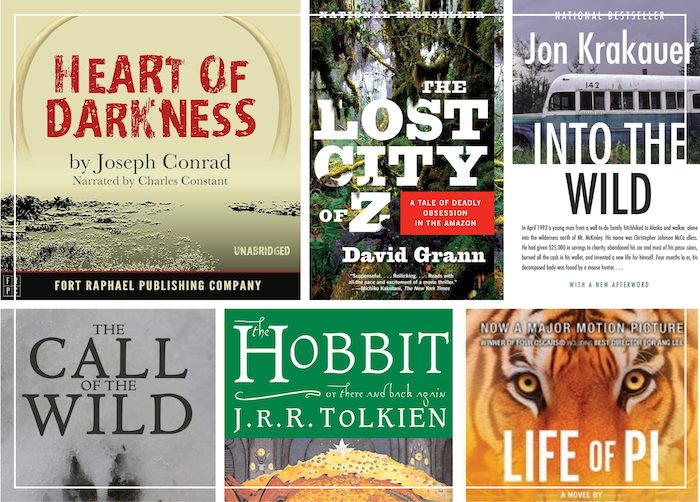
Conclusion
The Three-Body Problem is a brilliant piece of science fiction that challenges readers to think deeply about humanity's role in the universe, the ethical dilemmas of scientific discovery, and the possibility of first contact with alien civilizations. Liu Cixin’s blend of hard science, philosophical reflection, and epic storytelling has made the novel a modern classic in the genre.
For those who are captivated by The Three-Body Problem, the rest of the trilogy—The Dark Forest and Death's End—offer even more expansive explorations of these themes. Additionally, readers can explore similar science fiction novels such as Foundation, Dune, Hyperion, and The Left Hand of Darkness, all of which provide their own unique takes on big ideas and complex narratives.
Finally, for those looking to explore these works further, Tales.so offers a valuable resource for gaining quick insights and summaries, allowing you to dive into the world of science fiction without committing to hours of reading.




